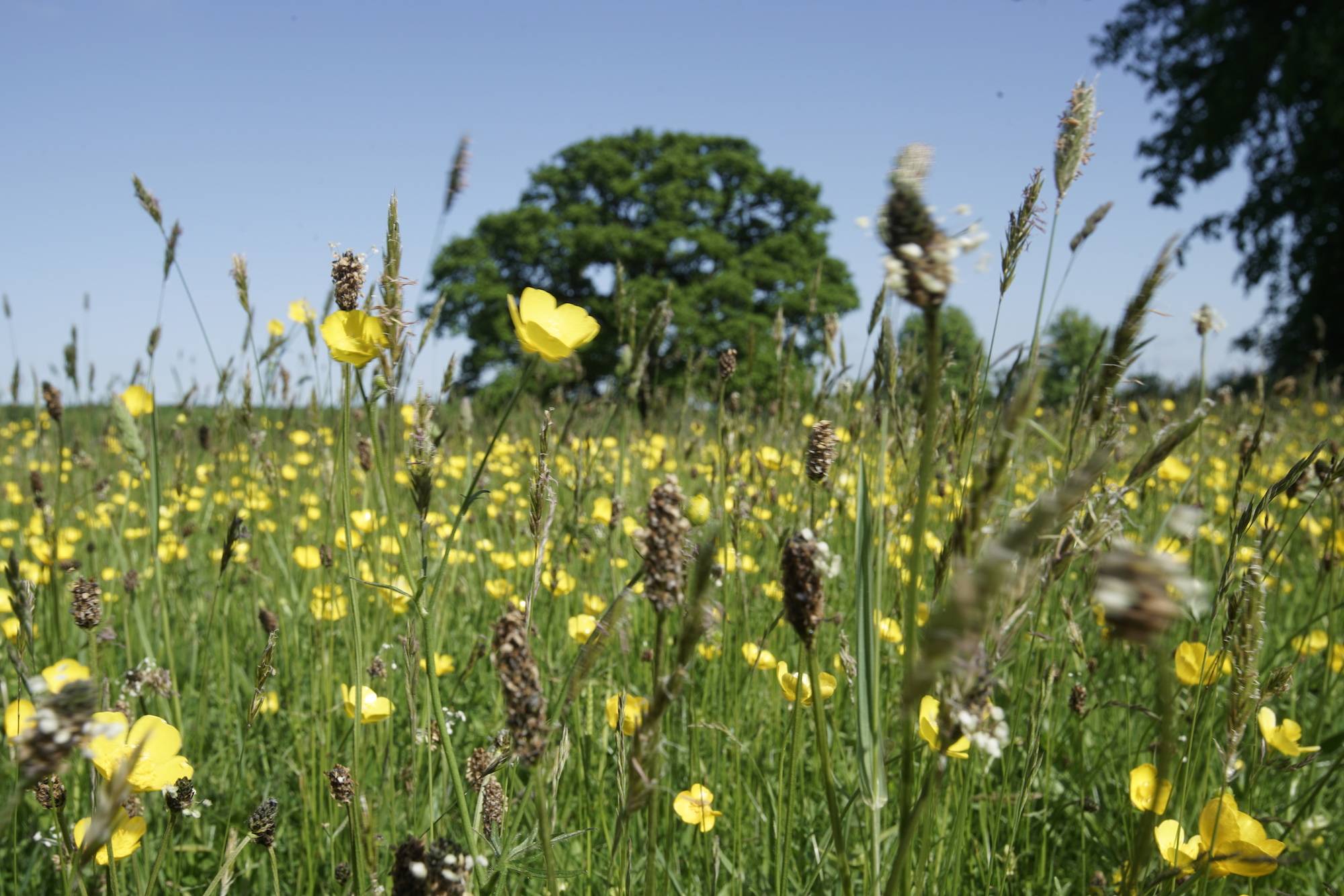The Parkland and River Walks are open every day throughout the year.
Castletown demesne won the Green Flag Award 2017 and 2018 from An Taisce and the best park Pollinator Award under the All-Ireland Pollinator Plan for both years. There is no admission fee to walk and explore the parklands. Dogs are welcome, but must be kept on a lead and are not allowed in the lake, as there is wildlife nesting. Click here for opening times.


The Castletown Demesne
Lady Louisa’s influence at Castletown can be seen not only inside the house, but also in the carefully laid out parkland that surrounds the house. Alterations to the landscape at Castletown began during Katherine Conolly’s stewardship of the estate and included the creation of vistas from the house to the Wonderful Barn and the Conolly Folly in the early 1740. Early demesne maps also show a pond at the rear of the house and clearly marked pathways through the woodland behind.
Influenced by the improvements made by her sister Emily at Carton, Lady Louisa turned to the Castletown parkland south of the house towards the River Liffey and created a designed landscape in the ‘natural’ style championed by Capability Brown. The parkland includes meadows, waterways and woodlands with man-made accents carefully inserted into nature for the walker to discover and enjoy: a classical temple, a gothic lodge, clusters of once rare imported trees dotting wide open spaces, still ponds, cascades and watercourses, all enhance the pleasure of outdoor activities around an extensive network of paths which were restored in 2011–13 by the OPW with support from Fáilte Ireland. In addition to this wonderful amenity for outdoor recreation, the Pleasure Grounds beside the house were restored in 2016, creating a tranquil haven in between the house and eighteenth-century Farmyard. The Farmyard, another landmark owed to Lady Louisa’s indefatigable entrepreneurial spirit, is itself undergoing restoration and is being opened, bit by bit, to visitors.
- Castletown House. Mike O’Toole. OPW.
- Mrs Siddons’ Temple. Mike O’Toole. OPW.
- Castletown demesne map. Davison and Associates. OPW.
The Batty Langley Lodge
Gate lodges marked the end of each avenue at Castletown. The most interesting of these lodges is the Batty Langley Lodge which marked the entrance to the estate from the Dublin Road. The present lodge, which was influenced by the published designs of English architect and gardener Batty Langley (1696–1751), was completed in 1785. The gothic façade reflected the contemporary vogue for the gothic in garden design. The lodge was unusual in its design as the stylised gothic façade faced towards the estate and Castletown rather than towards the road. This reflected its dual purpose. It would serve the practical function of a gate lodge, as well as serving as the end point of the river walk along the Liffey.
In Lady Louisa’s time, the lodge served as a cottage where she could take tea in the summer. The planting of a shrubbery and fruit trees around the lodge reflected her ideal of rustic simplicity. The lodge and the surrounding grounds were detached from the remainder of the demesne in 1967, but have been been purchased recently by the Office of Public works and have been reintegrated into the demesne. The lodge can now be rented as rather special self-catering holiday accommodation through the Irish Landmark Trust.

The Batty Langley Lodge at Castletown House. OPW.
The Conolly Folly or Obelisk
Visible from the windows in the Long Gallery, the Conolly Folly (or Obelisk) closes the two mile vista at the rear of the house. Designed by the German architect Richard Castle (1695-1751), who was working at nearby Carton for the Earl of Kildare, this singular piece of Irish architecture stands 140 feet tall with a soaring obelisk supported by a series of arches beneath. It was commissioned in 1740 by Katherine Conolly to mark the boundary of the Castletown demesne, but it actually stood on part of the Carton estate. In 1960, then in a ruinous state, it was acquired, thanks to the generosity of Mrs Rose Saul-Zalles, by the recently reconstituted Irish Georgian Society and its restoration was their first major project. In 1989 Mariga Guinness, one of the Society’s co-founders, was buried beneath one of the side arches. It is now in the care of the Office of Public Works.
- The Conolly Folly. National Monuments Service Photographic Unit. OPW.
- The Conolly Folly. National Monuments Service Photographic Unit. OPW.
The Wonderful Barn
This unusual corkscrew shaped building was built in 1743 to close the vista to the east of Castletown. The only similar building in Ireland is the bottle-tower near Rathfarnham in County Dublin, also incidentally a Conolly estate. Built at a time of famine, it was used to store grain. A stone staircase winds around the outside leading to the top. Inside, each floor has a hole in the centre allowing the grain to be passed through. Two smaller structures of a similar design, used as dovecotes, stand behind the main barn structure.

The Wonderful Barn. Castletown House. Country Life Picture Library.






